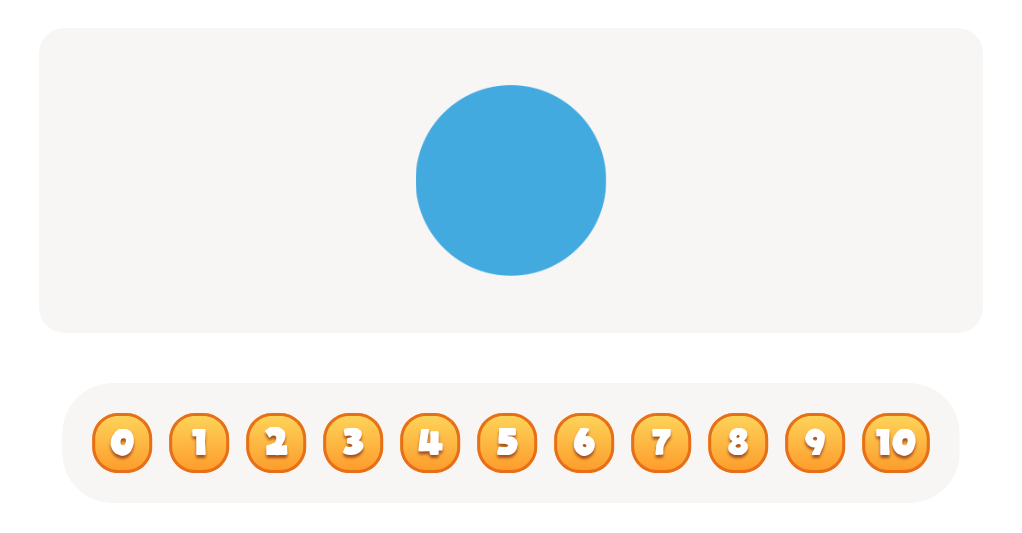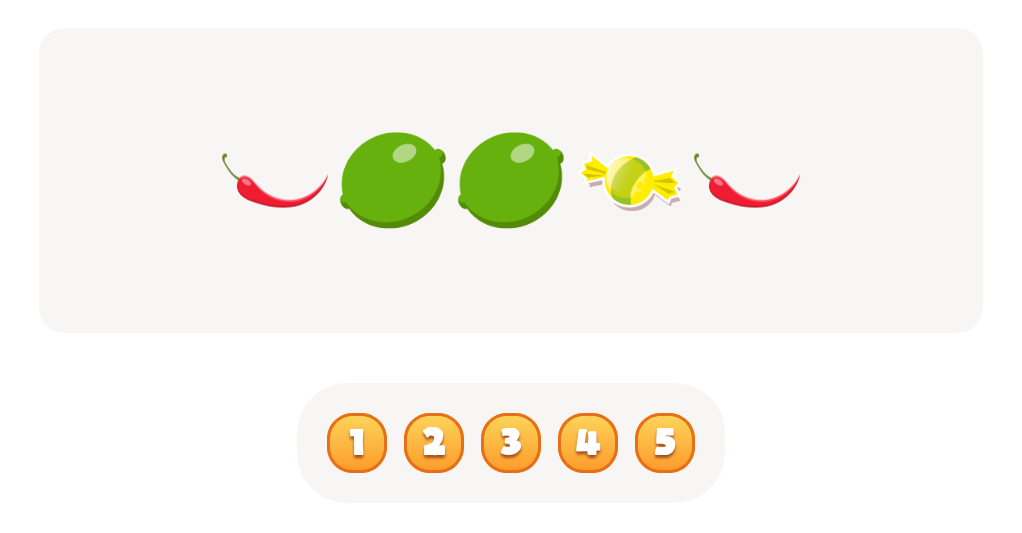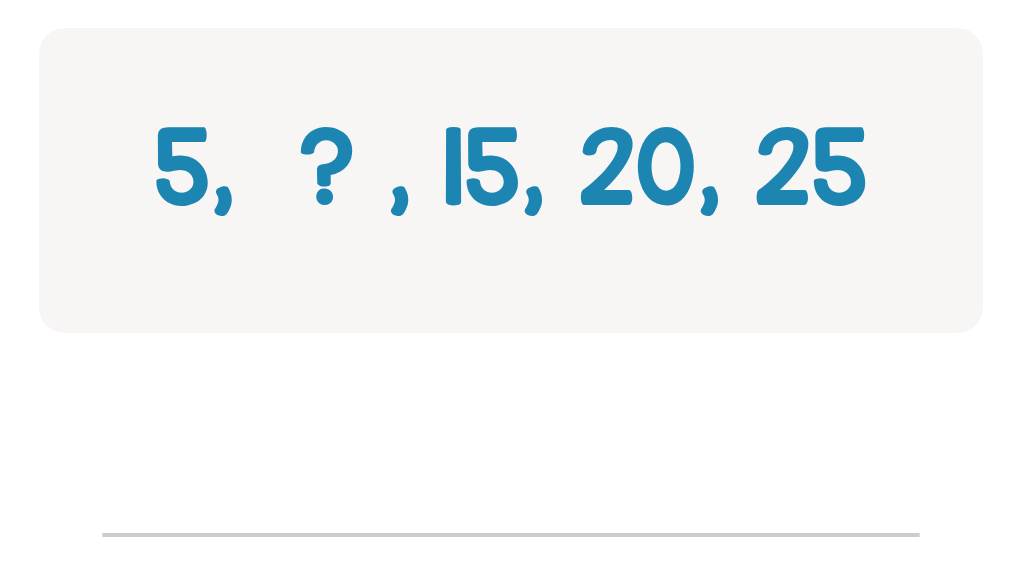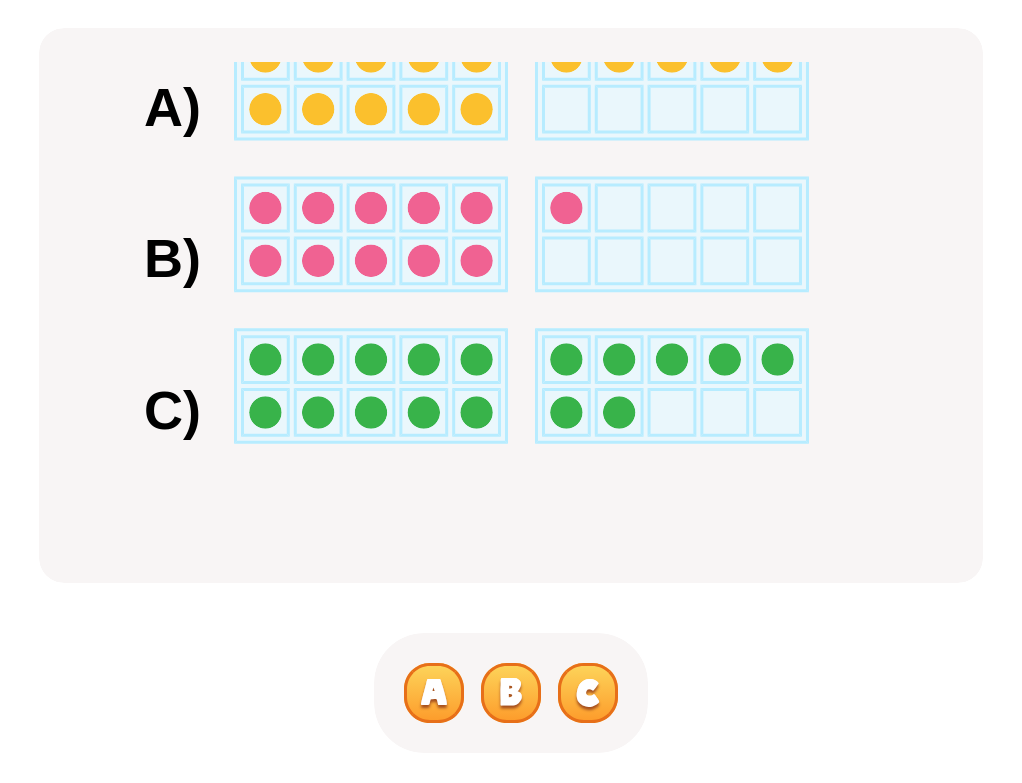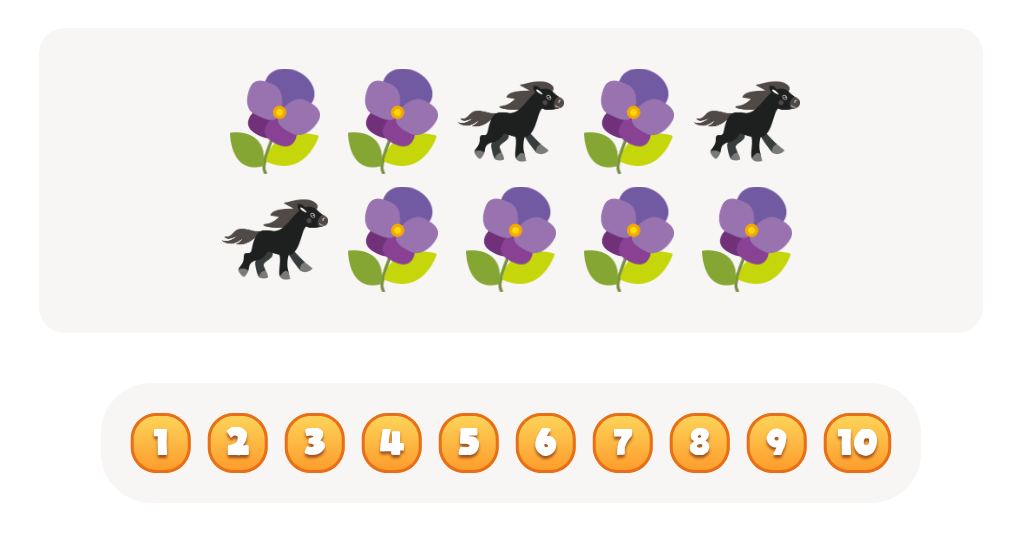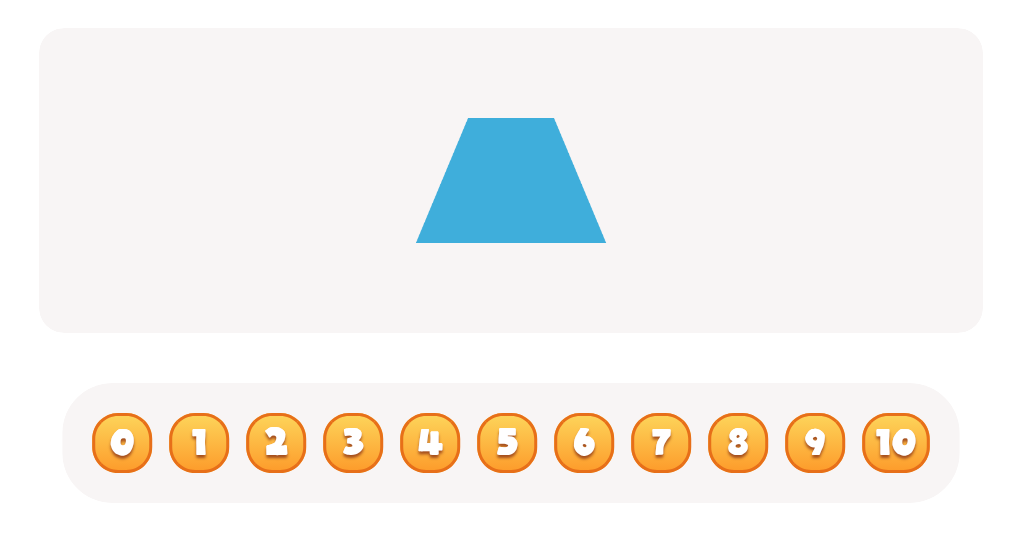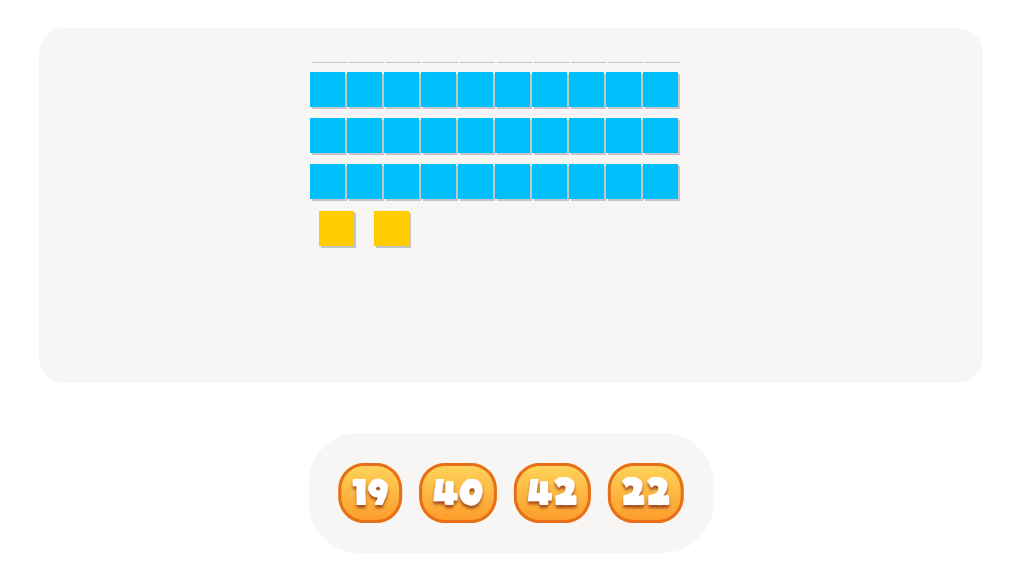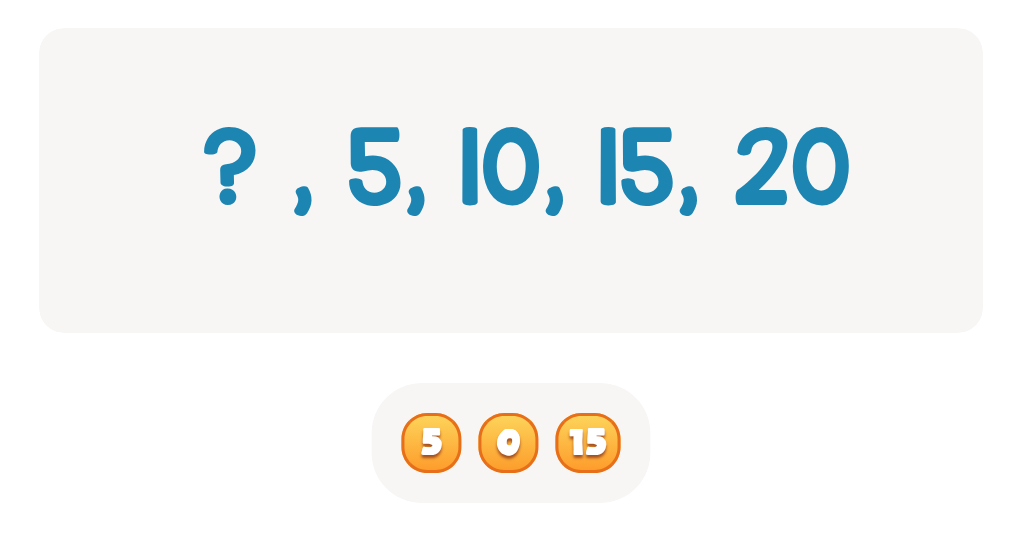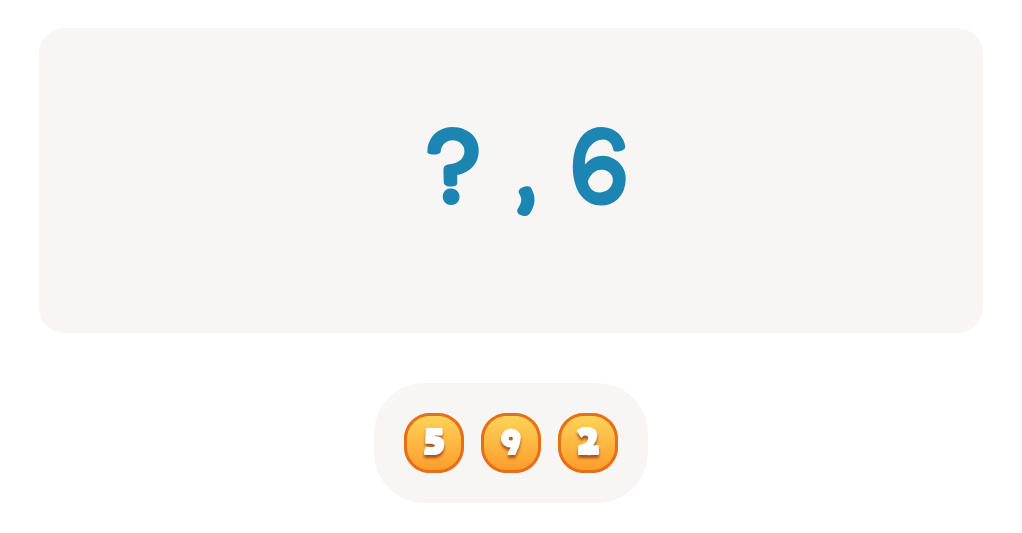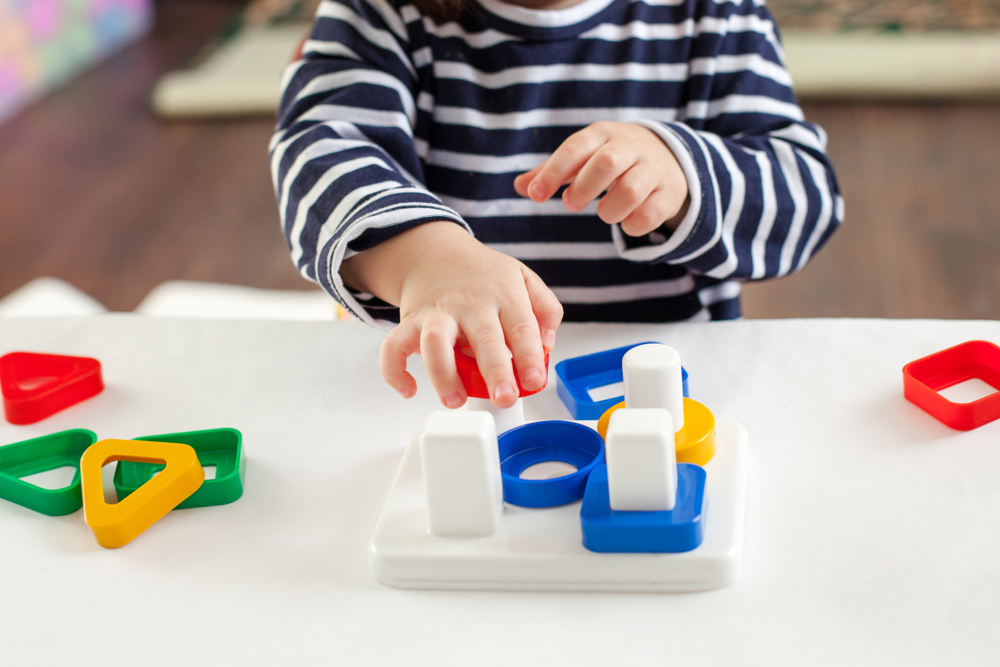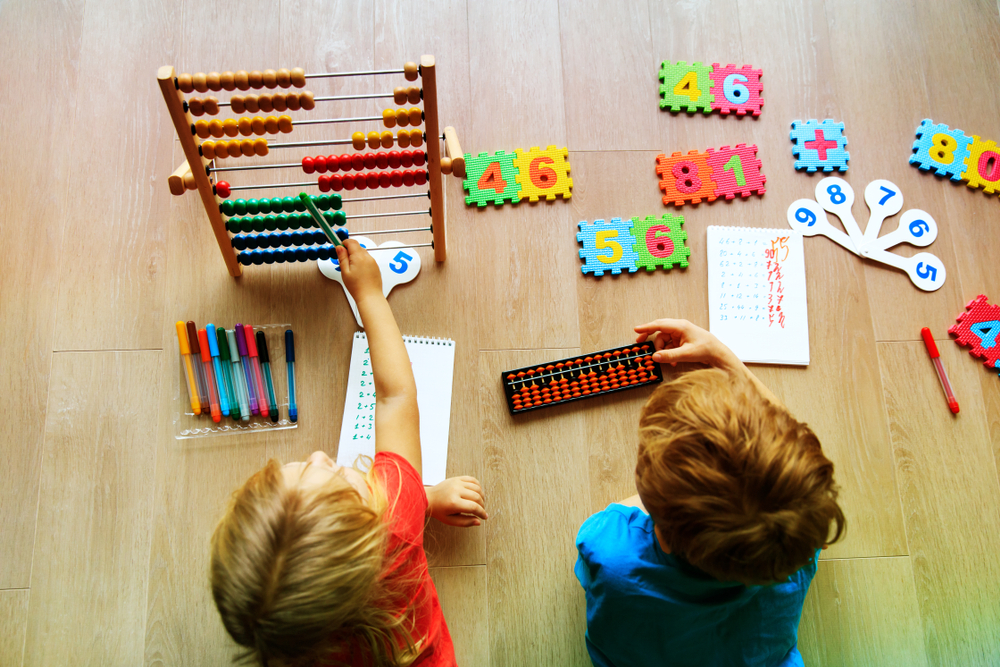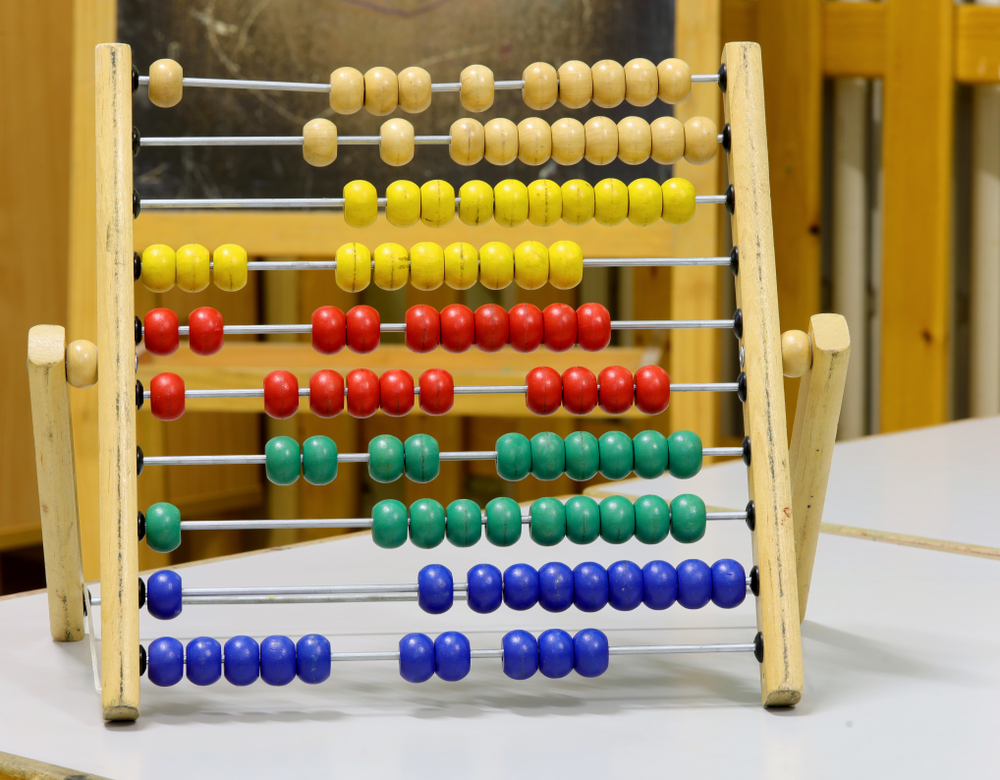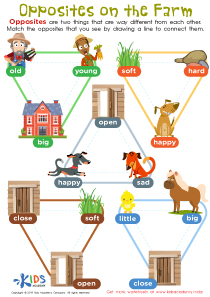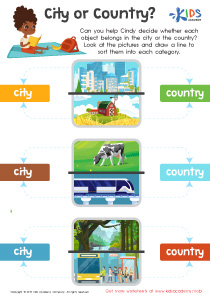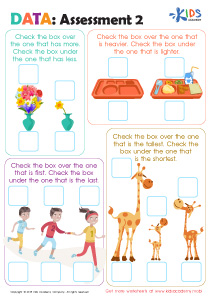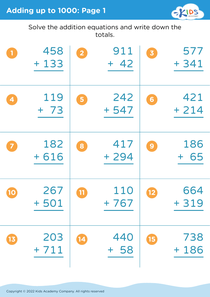Number Recognition Counting Worksheets for Ages 4-9
19 filtered results
-
From - To
Enhance your child's mathematical foundation with our engaging Number Recognition Counting Worksheets designed for ages 4-9. Perfectly tailored to young learners, these printable activities help reinforce key skills like identifying numbers, counting, and sequencing. Each interactive worksheet combines fun graphics with structured exercises, making learning enjoyable and effective. Whether your child is just beginning to grasp numbers or aiming to improve their counting proficiency, these resources provide the perfect blend of challenge and achievement. Ignite a lifelong love for math and boost your child’s confidence with our expertly crafted worksheets. Get started today!
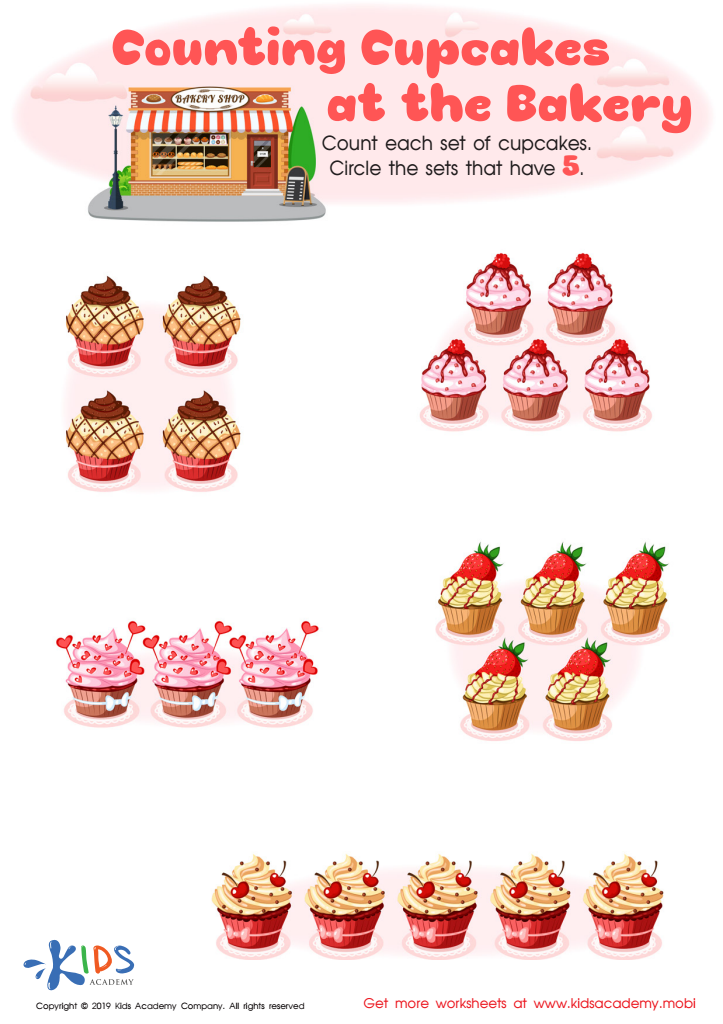

Counting Cupcakes Worksheet
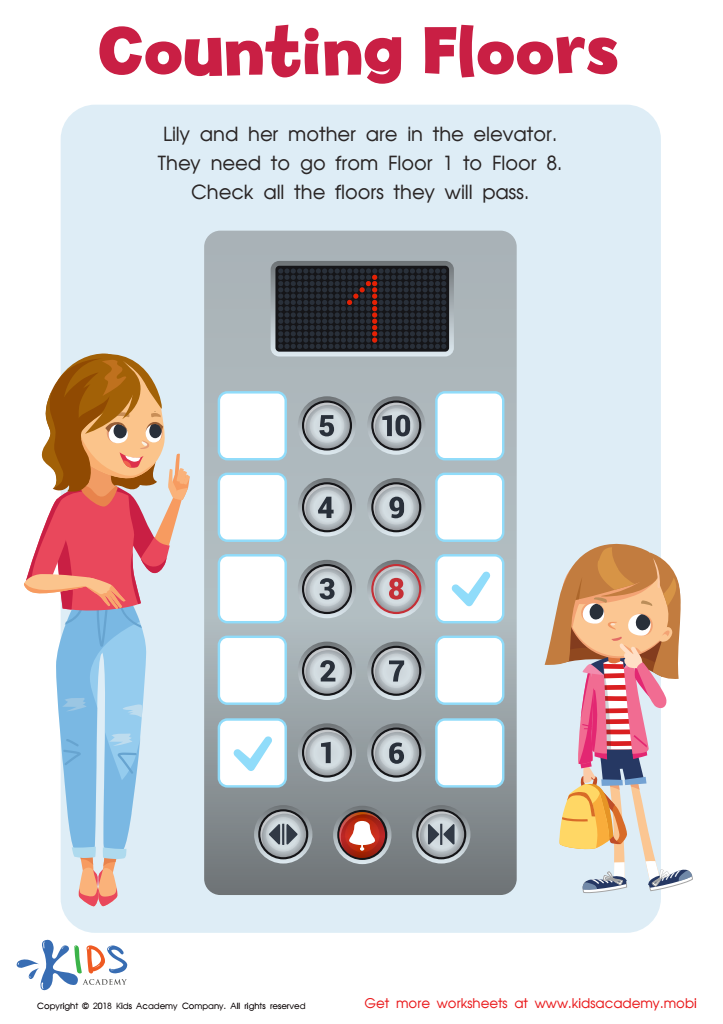

Counting Floors Worksheet
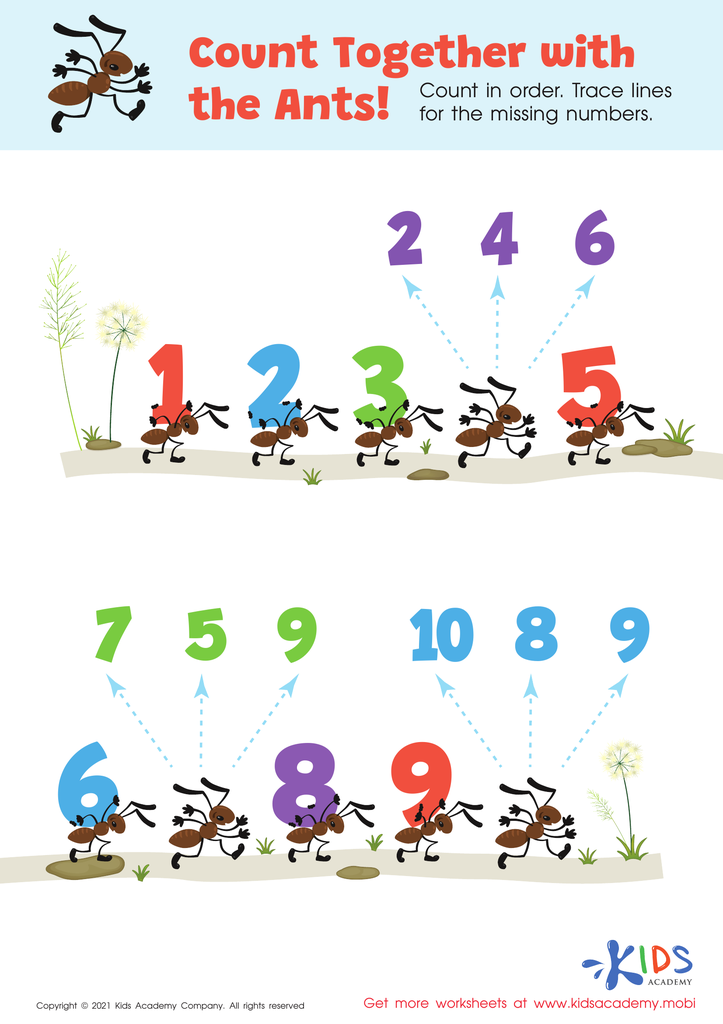

Count Together with the Ants Worksheet
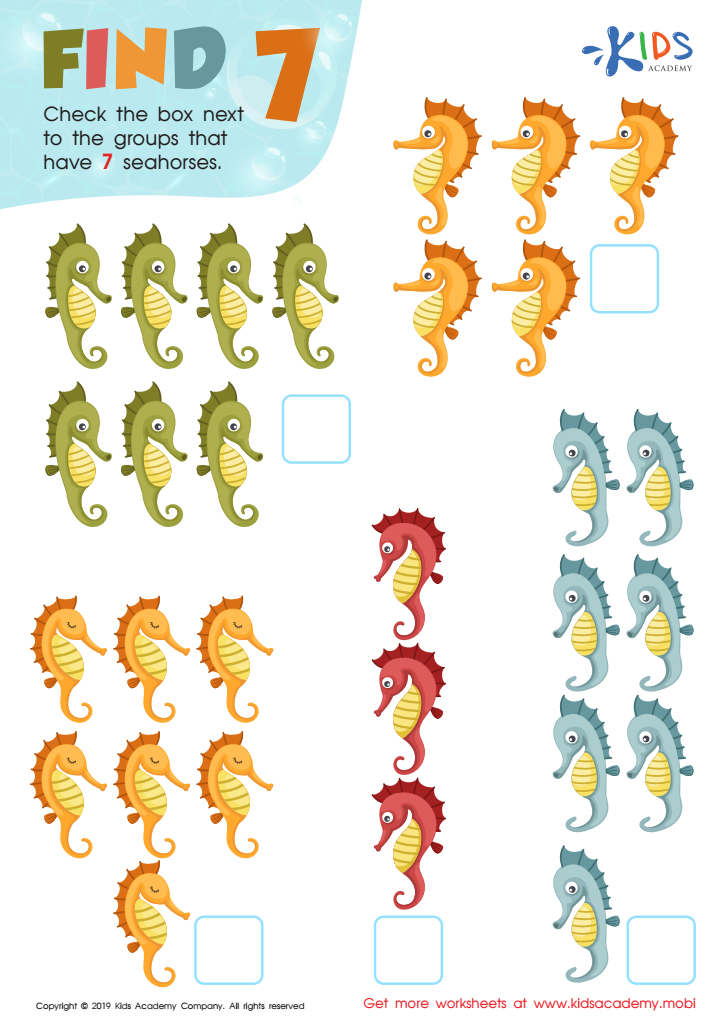

Find 7 Worksheet
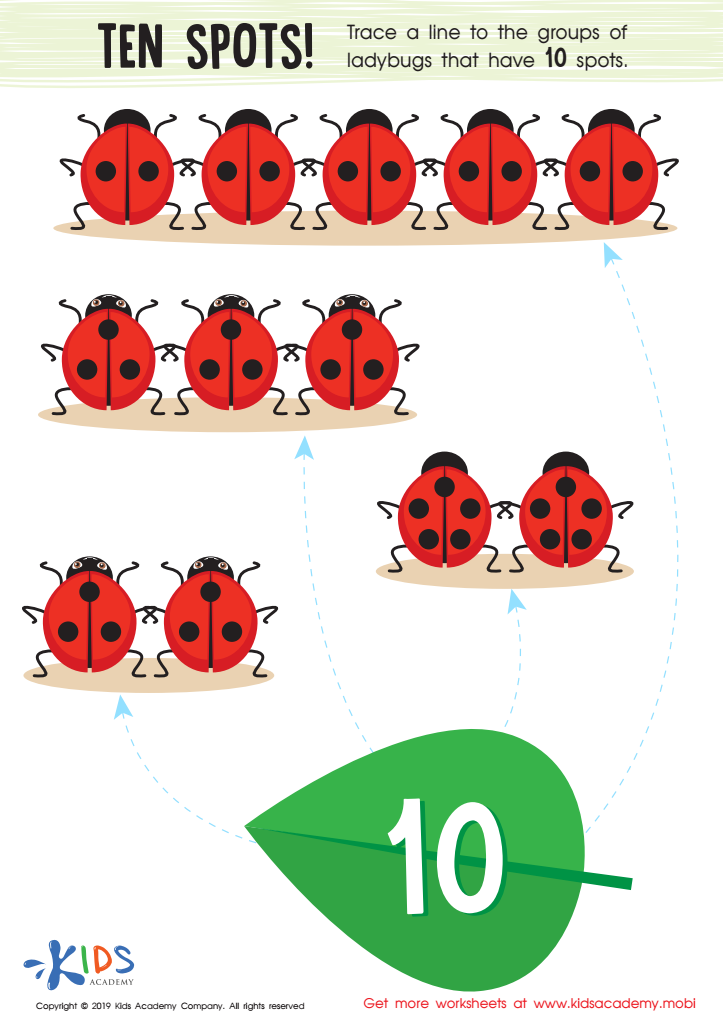

Ten Spots Worksheet
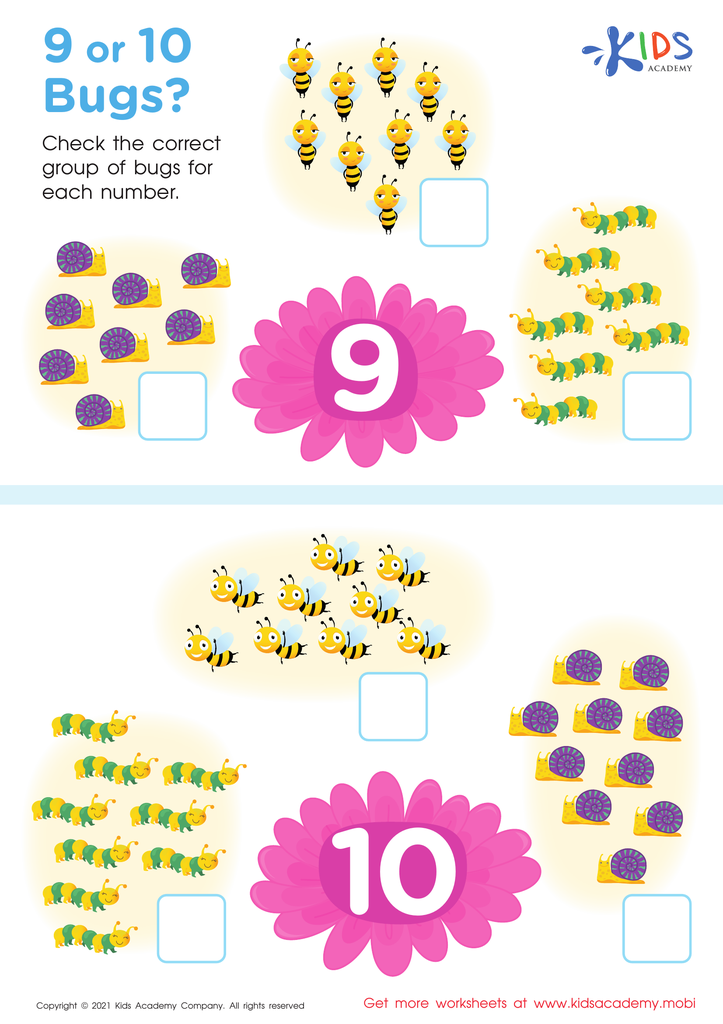

9 or 10 Bugs Worksheet
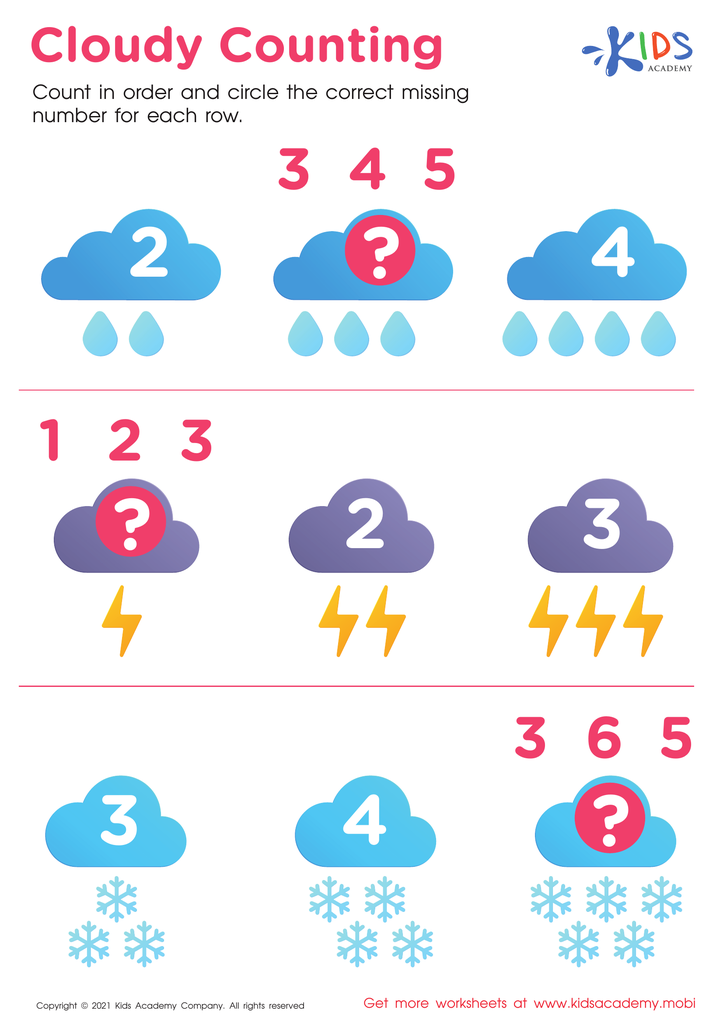

Cloudy Counting Worksheet
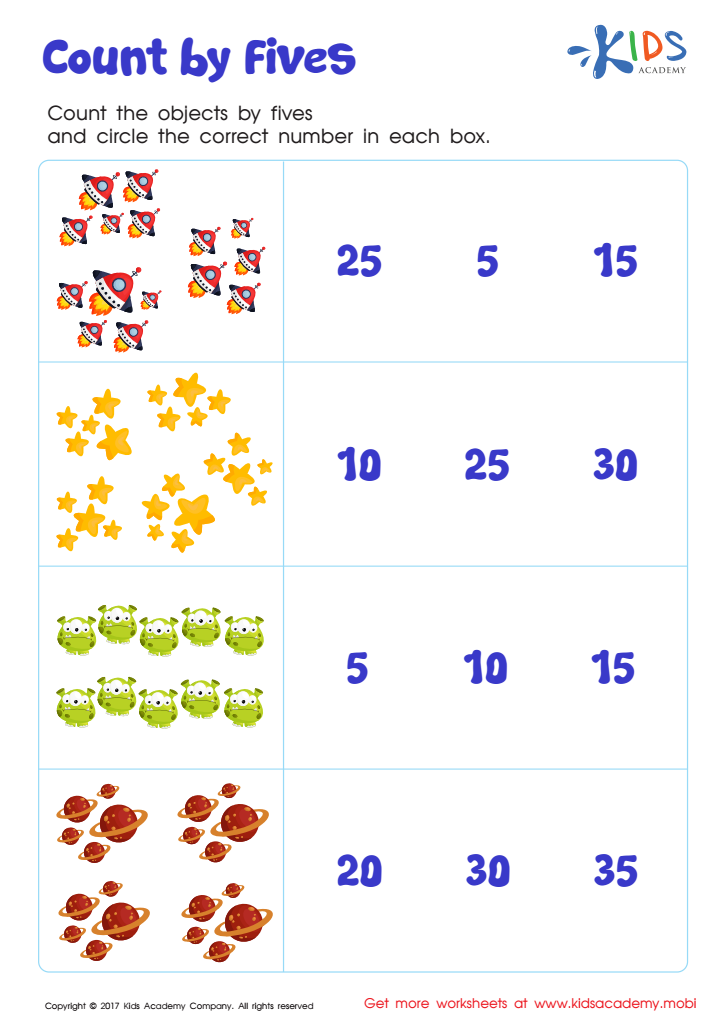

Skip Counting by 5s: Space Math Printable
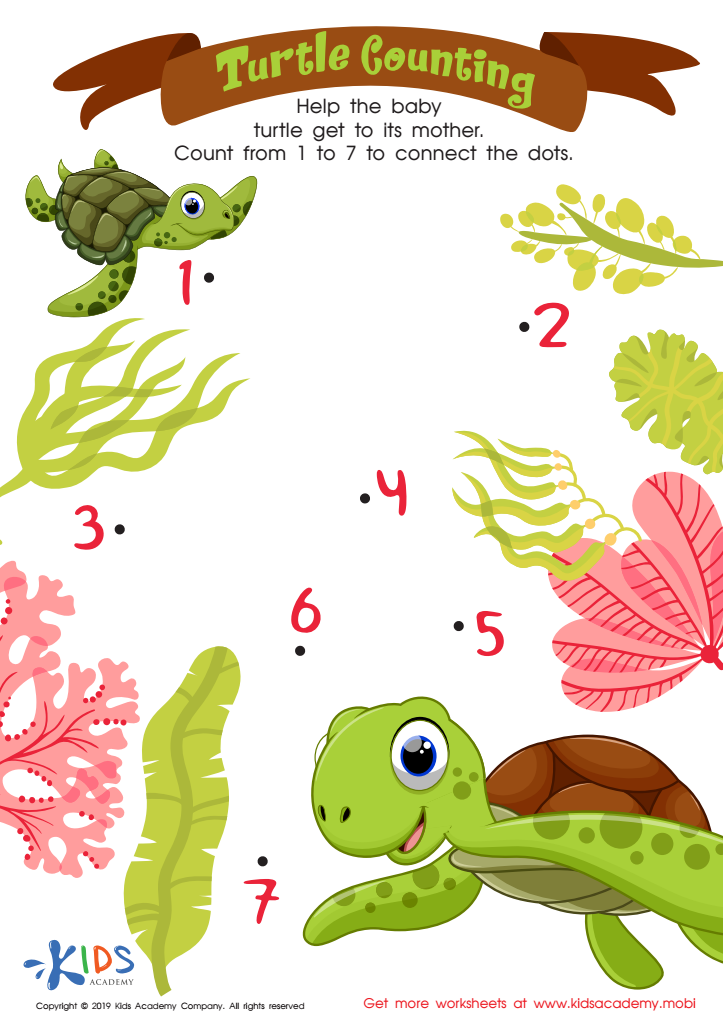

Turtle Counting Worksheet
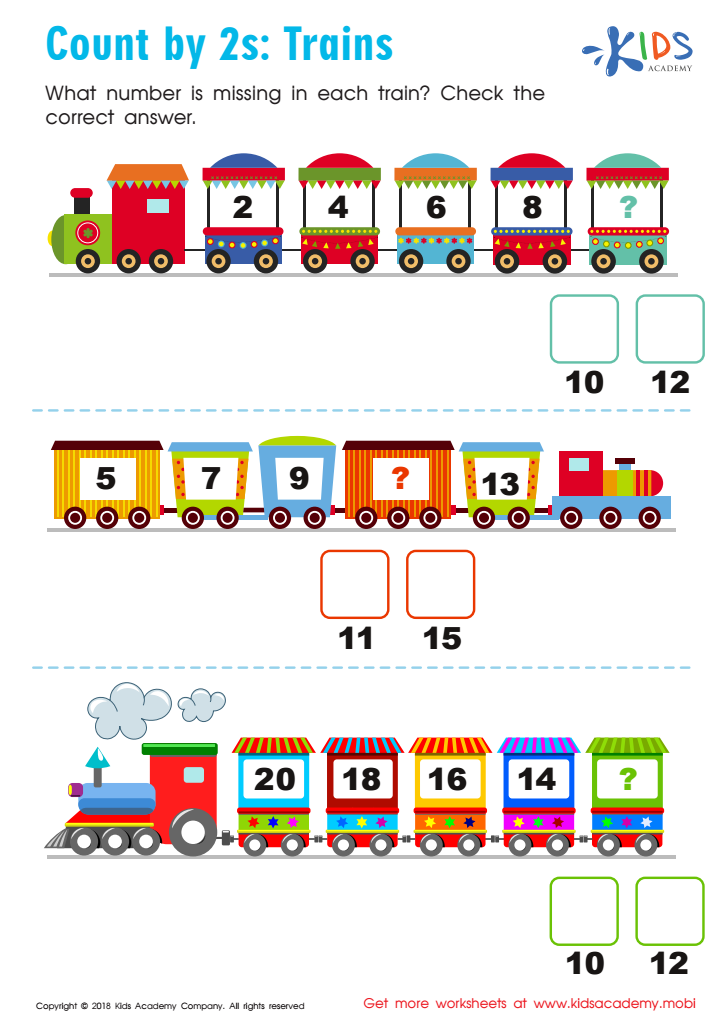

Count by 2's: Trains Worksheet
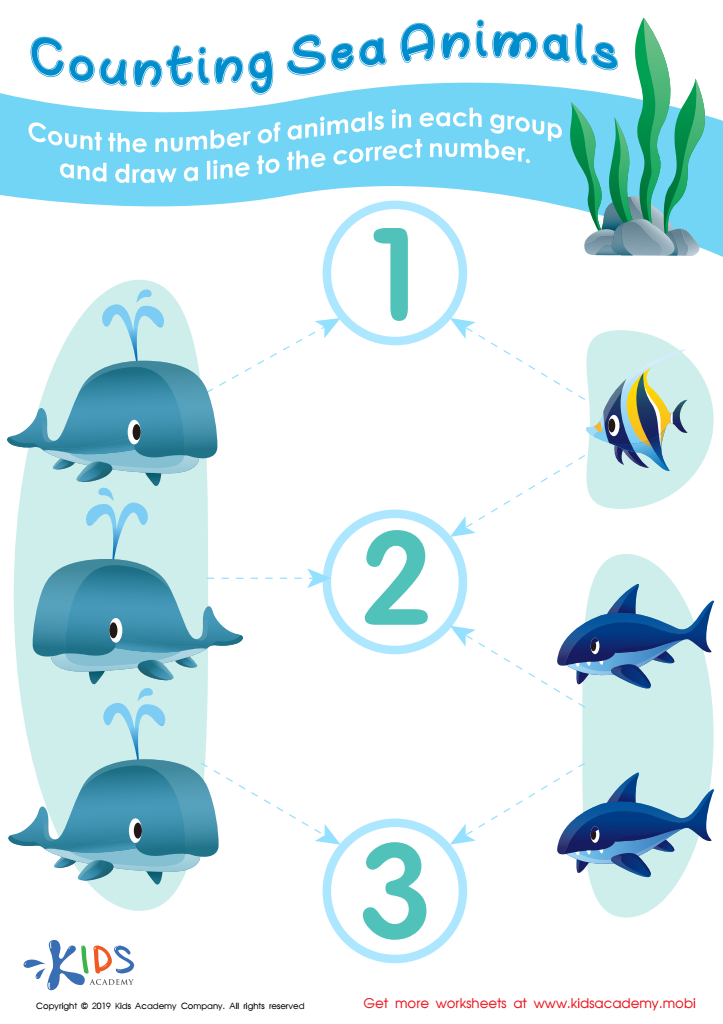

Counting Sea Animals Worksheet
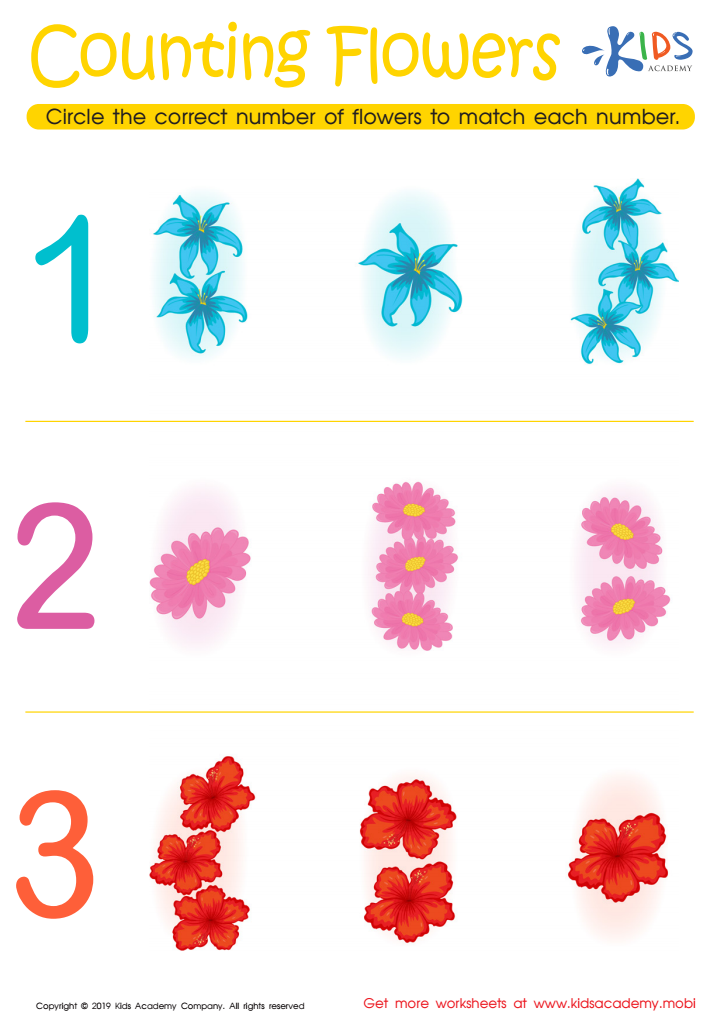

Counting Flowers Worksheet
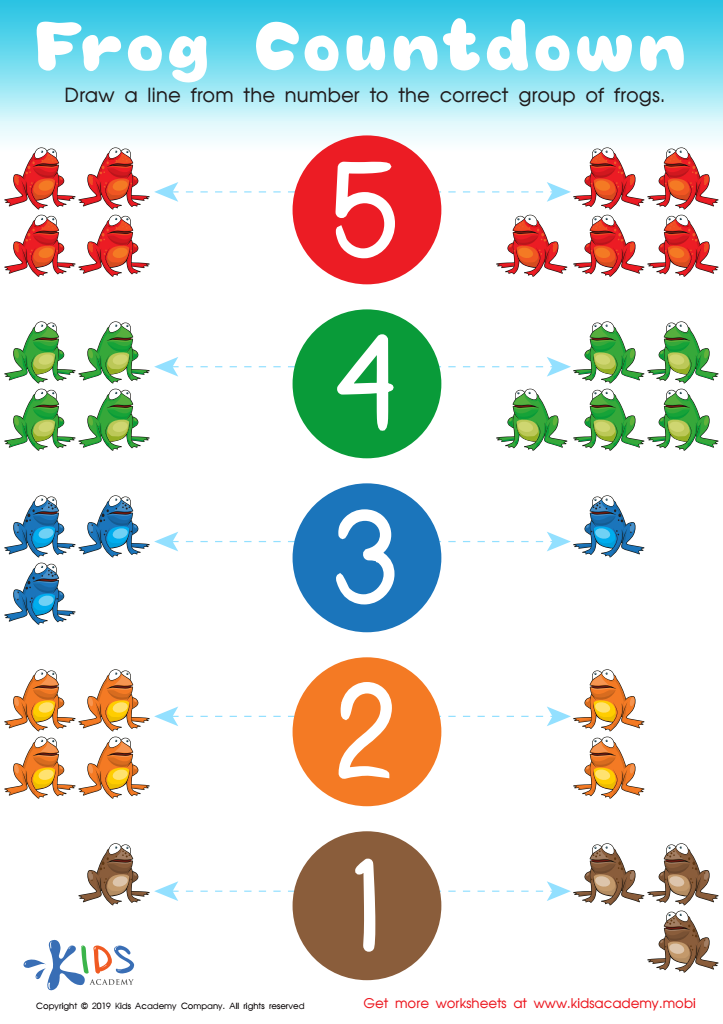

Frog Countdown Worksheet
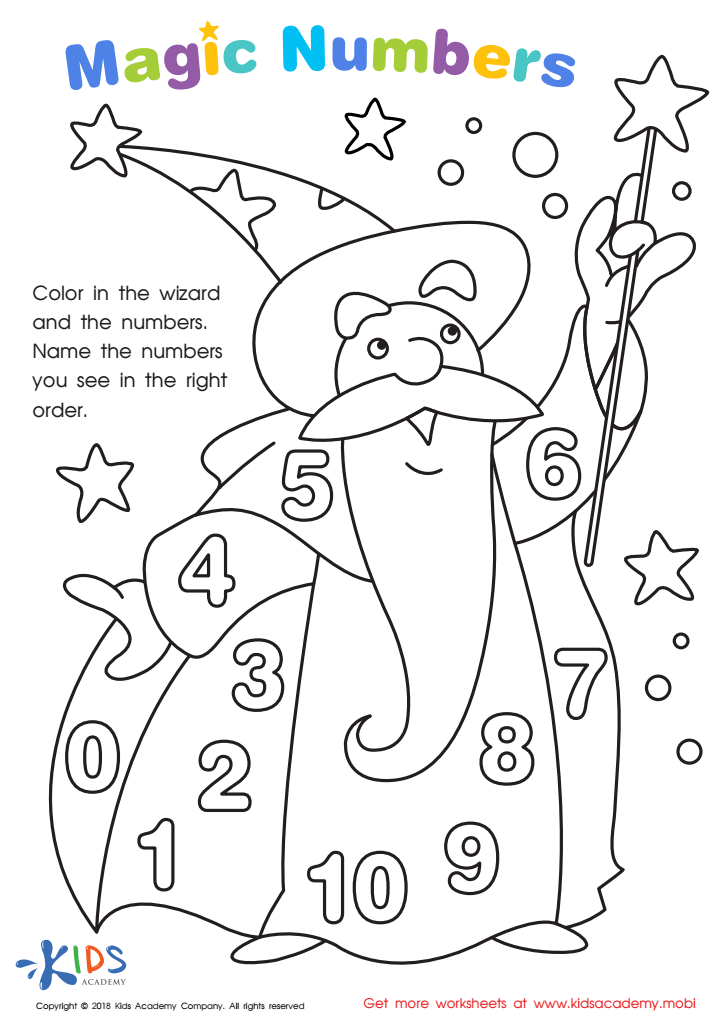

Magic Numbers Worksheet
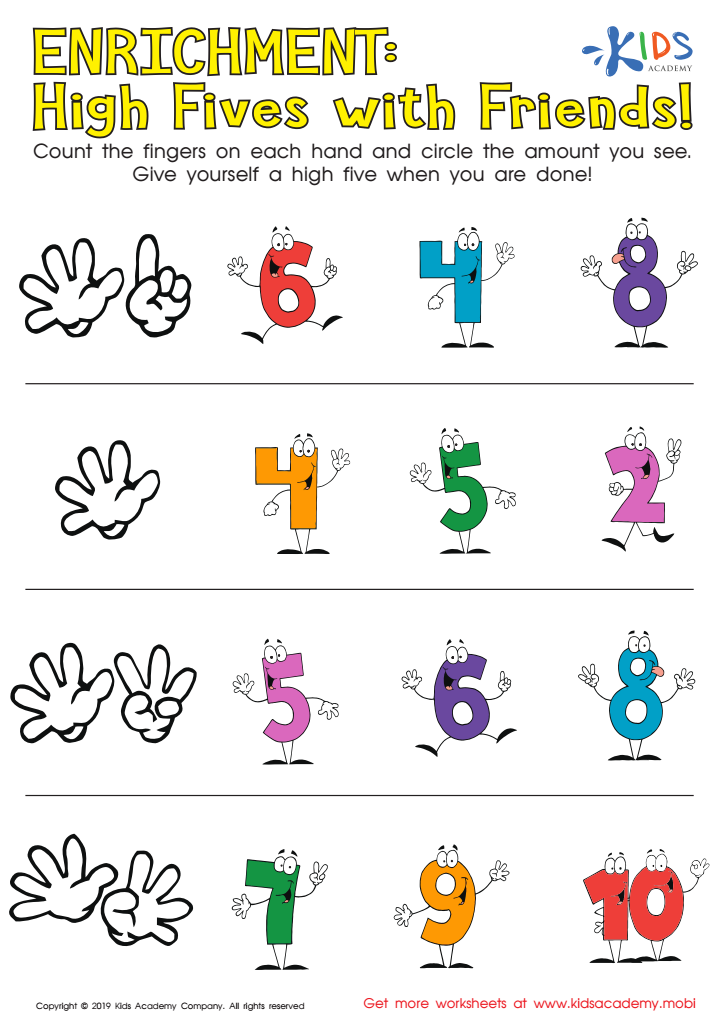

Enrichment: High Fives with Friends! Worksheet
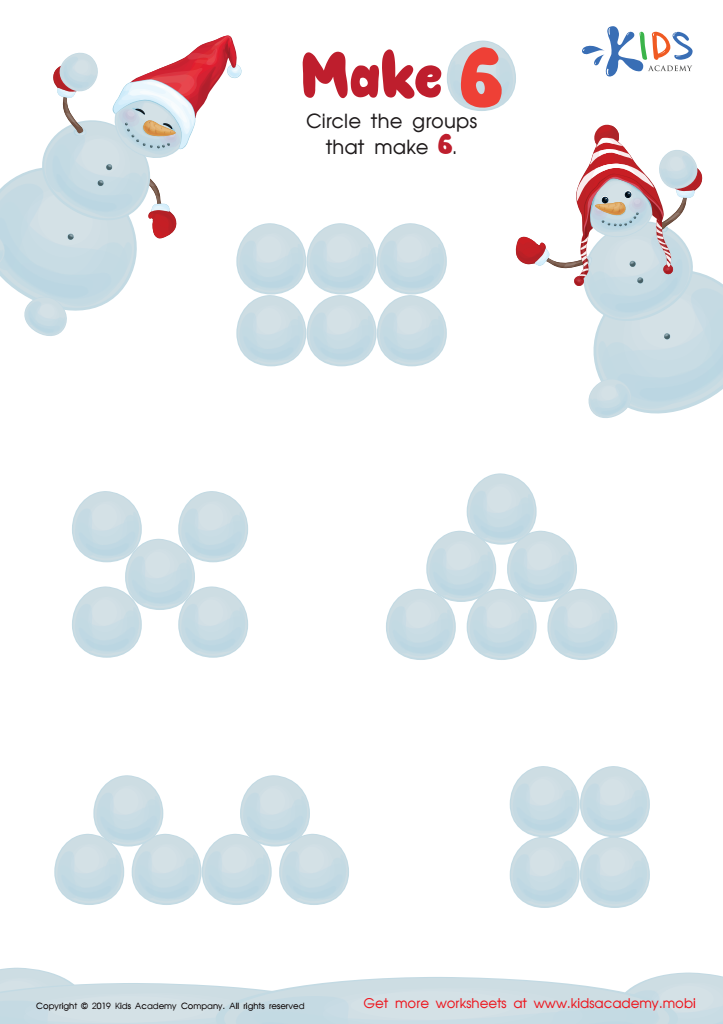

Make 6 Worksheet
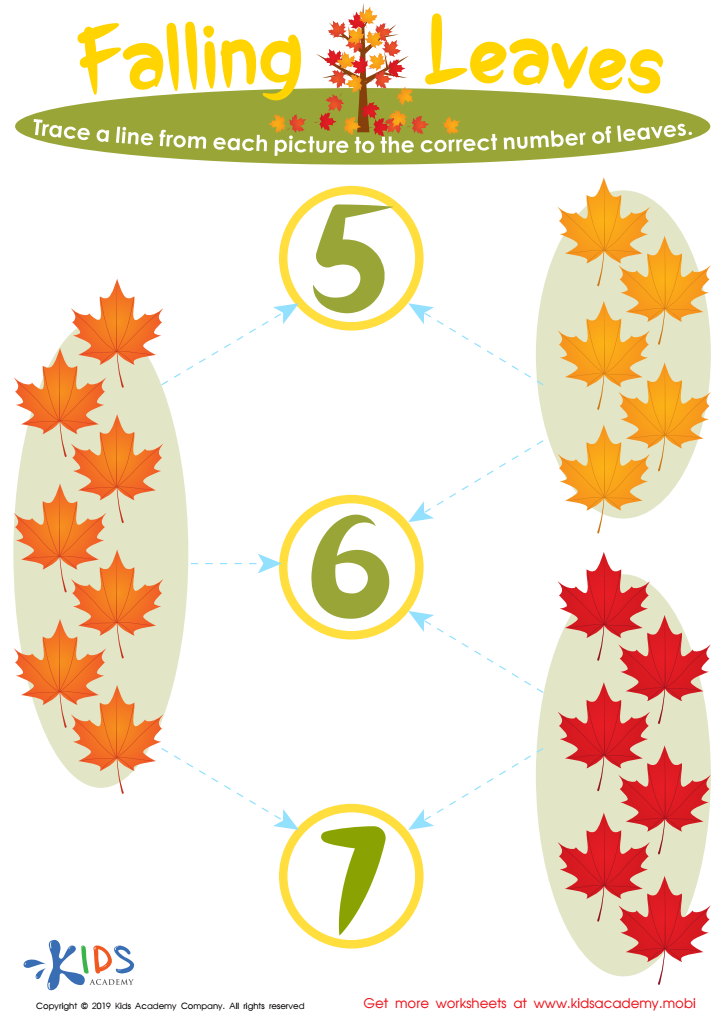

Falling Leaves Worksheet
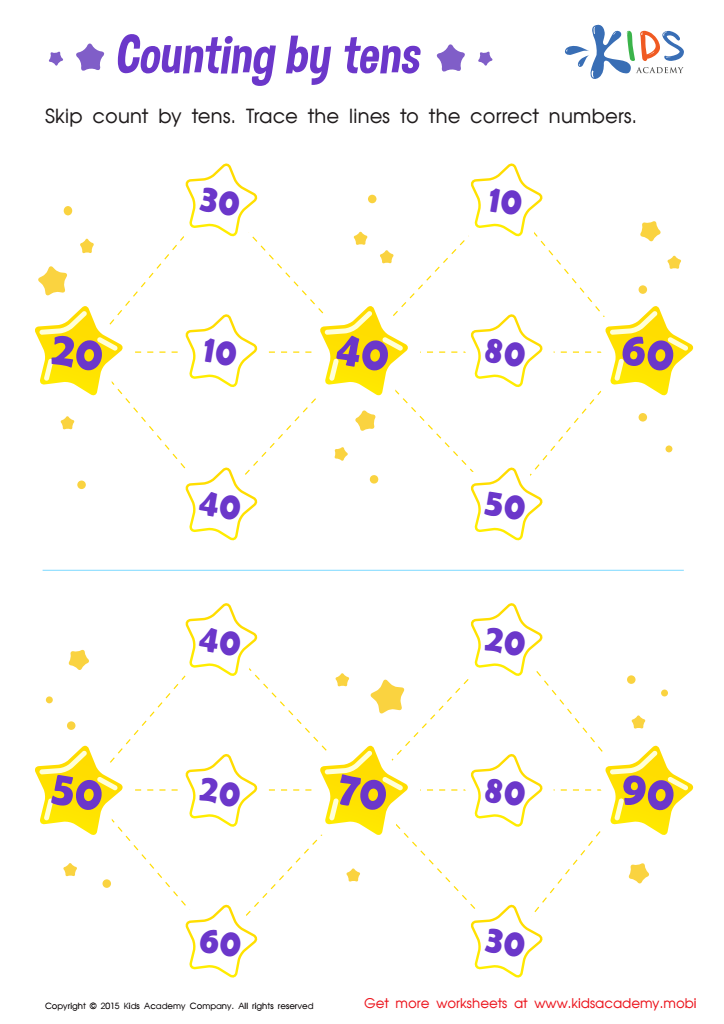

Learn Dozens: Counting by Tens Printable


Triceratops Counting to 9 Worksheet
Number recognition and counting are fundamental skills that form the foundation for a child's future success in mathematics and everyday life. For ages 4-9, these skills act as the building blocks for more complex concepts, such as addition, subtraction, and problem-solving.
Parents and teachers should prioritize teaching number recognition and counting for several reasons. Firstly, understanding numbers enables children to make sense of the world around them. They become adept at activities like telling time, handling money, and cooking, all of which require numerical skills. Secondly, mastering these early math skills fosters a positive attitude towards learning. When children experience success in number recognition and counting, they gain confidence that encourages further exploration and curiosity in other subject areas.
Furthermore, developing these skills at an early age can identify and address potential learning difficulties. Early intervention ensures that children receive the support they need, minimizing future struggles. Schools that emphasize early math literacy often report higher overall academic performance, as the logical problem-solving processes involved in math benefit learning across subjects.
Lastly, fluent number recognition and counting promote cognitive development, enhancing memory and the ability to follow sequences. Parents and teachers who invest time in cultivating these skills set children on a path toward academic achievement and practical competence in their everyday lives.
 Assign to My Students
Assign to My Students
